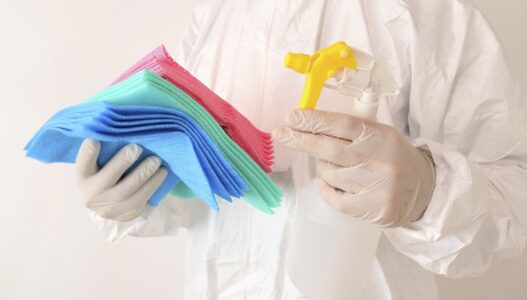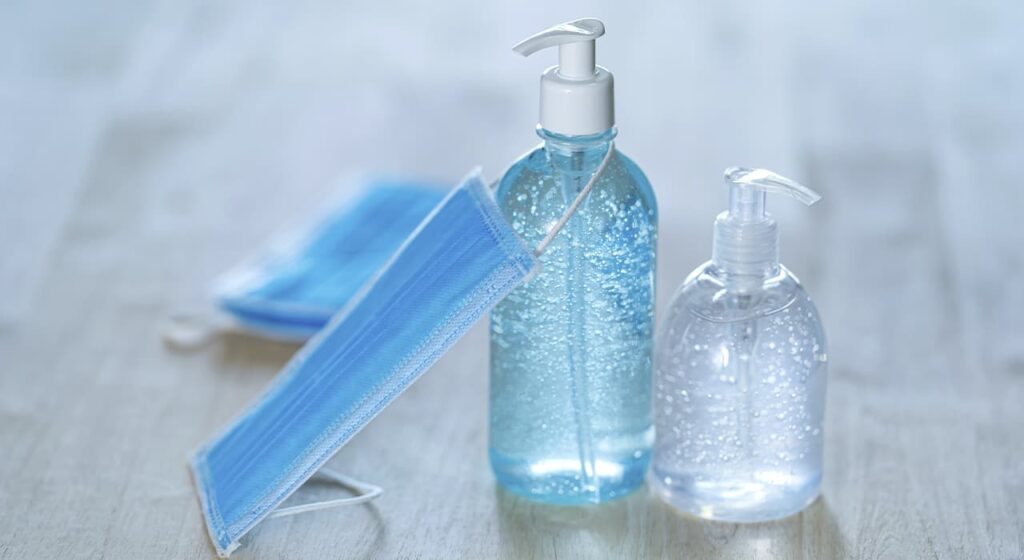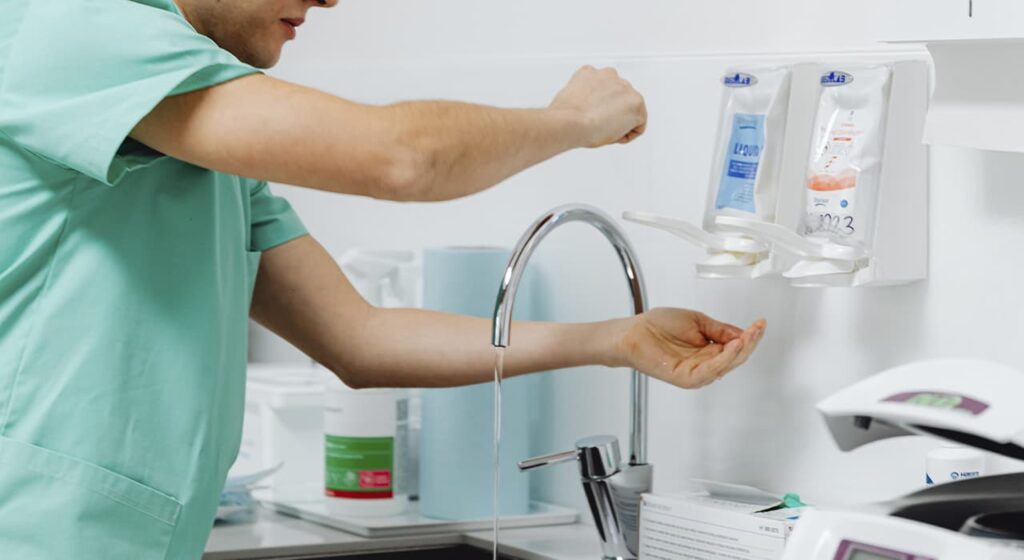Iodine compounds are used to disinfect surfaces and equipment and as skin antiseptics. Iodophores are also used as chlorine compounds in water treatment. It turned out that the two-atom iodine J2 is the most active antimicrobial agent among iodine-containing compounds. Its activity manifests itself in the fact that it breaks the bonds holding proteins together in the cell and inhibits protein synthesis. Free elemental iodine and iodovatinous acid are highly active in destroying microorganisms. Alcohol-containing iodine compounds and water-based compounds are used as disinfectants, these solutions are also used as skin antiseptics. Active against microorganisms are J2 and iodinovate acid NOJ.
Iodophores are complexes of elemental iodine J with non-ionic surfactants, such as nonylphenylethylene oxide, or iodine complexes with polymer – polyvinylpyrrolidone in aqueous solution. Iodophores are more often used as disinfectants than other iodine-containing compounds. Since the activity against microorganisms increases with decreasing pH value, iodophores are combined with phosphoric acid. The combination of iodophores with surfactants and acids gives them detergent properties. Such products have both detergent and disinfectant properties, they have better solubility in aqueous solutions than suspensions or aqueous solutions of iodine. They have no odor and no skin irritant effect.
The behavior of the surfactant-iodine complex can be explained by chemical equilibrium:
R + J2 ↔ RJ + HJ, R is a non-ionic surfactant
The amount of available free iodine determines the biological activity of the iodophore. Spore-forming bacteria are more resistant to the action of iodophores than vegetative ones, and the exposure times given in Table 4.1 are 10-1000 times longer than the exposure times required for a similar effect on vegetative cells. The activity of iodine-containing substances on vegetative cells is comparable to that of chlorine-containing disinfectants, but the effect of iodophores on spore-forming bacteria is weaker. Iodine containing disinfectants are more resistant to organic substances than chlorine containing ones. Iodophor are usually used in concentrations of 12.5 to 25 ppm. Iodophoros are more active against Tubercule bacillus and other viruses than other disinfectants. Iodine containing compounds show maximum activity in the pH range of 2.5 – 3.5. Iodophor in the form of concentrated and stabilized solutions have a long shelf life. In dilute solutions iodine tends to evaporate, this process is particularly active at temperatures above 50ºC.



